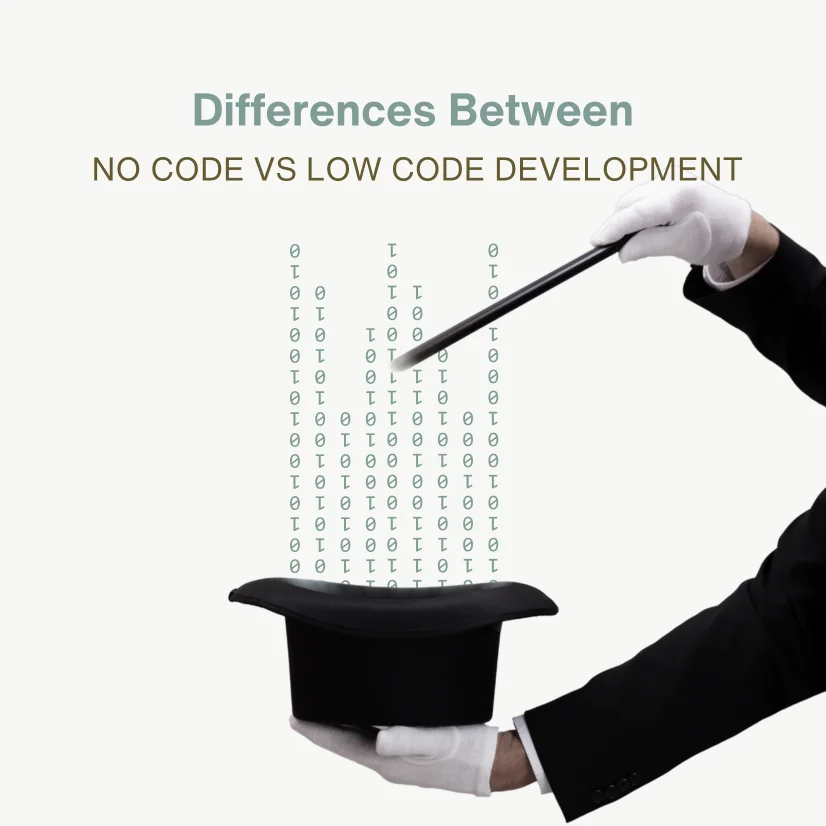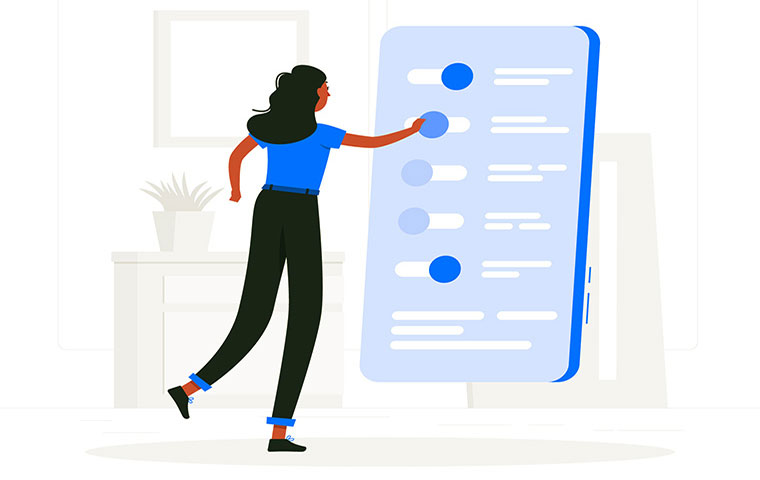In-App Purchases vs Ads: Which Strategy is Best?
You’ve created your app, and people are starting to download,...
We use cookies for our website to give you the most relevant experience by remembering your preferences. By clicking “accept”, you consent to use of ALL the cookies
This website uses cookies to improve your experience while you navigate through the website. Out of these, the cookies that are categorized as necessary are stored on your browser as they are essential for the working of basic functionalities of the website. We also use third-party cookies that help us analyze and understand how you use this website. These cookies will be stored in your browser only with your consent. You also have the option to opt-out of these cookies. But opting out of some of these cookies may affect your browsing experience.
Necessary cookies are absolutely essential for the website to function properly. These cookies ensure basic functionalities and security features of the website, anonymously.
| Cookie | Duration | Description |
|---|---|---|
| cookielawinfo-checkbox-functional | 11 months | This cookie is set by GDPR Cookie Consent plugin. The cookie is used to store the user consent for the cookies in the category “Analytics”. |
| cookielawinfo-checkbox-functional | 11 months | The cookie is set by GDPR cookie consent to record the user consent for the cookies in the category “Functional”. |
| cookielawinfo-checkbox-necessary | 11 months | This cookie is set by GDPR Cookie Consent plugin. The cookies is used to store the user consent for the cookies in the category “Necessary”. |
| cookielawinfo-checkbox-others | 11 months | This cookie is set by GDPR Cookie Consent plugin. The cookie is used to store the user consent for the cookies in the category “Other. |
| cookielawinfo-checkbox-performance | 11 months | This cookie is set by GDPR Cookie Consent plugin. The cookie is used to store the user consent for the cookies in the category “Performance”. |
| viewed_cookie_policy | 11 months | The cookie is set by the GDPR Cookie Consent plugin and is used to store whether or not user has consented to the use of cookies. It does not store any personal data. |
Functional cookies help to perform certain functionalities like sharing the content of the website on social media platforms, collect feedbacks, and other third-party features.
Performance cookies are used to understand and analyze the key performance indexes of the website which helps in delivering a better user experience for the visitors.
Analytical cookies are used to understand how visitors interact with the website. These cookies help provide information on metrics the number of visitors, bounce rate, traffic source, etc.
Advertisement cookies are used to provide visitors with relevant ads and marketing campaigns. These cookies track visitors across websites and collect information to provide customized ads.
Other uncategorized cookies are those that are being analyzed and have not been classified into a category as yet.
Cyberia Tech, Inc. respects your privacy. This Privacy Policy explains how we collect, use, and share your information. By using our services, you agree to this policy. If any other agreements conflict with this Privacy Policy, the terms of those agreements prevail.
Cyberia Tech complies with the EU-US and Swiss-US Privacy Shield Frameworks for handling personal data from the EEA, UK, and Switzerland. In case of any conflict, the Privacy Shield Principles prevail. Learn more at Privacy Shield. Key Definitions
Information linked to an individual, transferred from the EEA, UK, or Switzerland to the U.S.
Data revealing race, religion, health, sexual orientation, and similar categories.
Effective Date: [ 2025 / 11 / 29 ]
Welcome to The Cyberia Tech ! By accessing or using our website or services, you agree to
comply with and be bound by these Terms of Use and our Privacy Policy. If you do not agree with
these terms, please do not use our Services.
Loading
0 %

The introduction of No Code vs Low Code has resulted in significant developments in the field of software development. As non-developers find answers in no code platforms and developers find help in low code platforms, some predict the end of conventional programming.
However, this argument is faulty because skilled developers are still in great demand for a wide range of positions. The impact of no code and low code platforms on the world cannot be overstated.
Nonetheless, web app development using traditional languages and frameworks remains the only choice for many organizations and large-scale projects. Furthermore, limiting designs and templates cannot satisfy human ingenuity and the desire for individuality.
With that in mind, consider the differences between no code and low code.
Table of Contents
The intriguing aspect of low-code and no-code platforms is that their titles are clear and reveal their actual functioning. Low code development refers to a procedure in which the user manipulates the UI component in a completely visual environment while also performing some bespoke coding.

On the flip side, newbies do not use any technical programming assets in a no code platform, and it is merely drag and drop feature. Some developers define no code as a part of the low code solution that includes a small portion of custom codes.
Before deploying any of these solutions for your web application development projects, there are some questions you might ask yourself.
Before you begin your project, you must assess certain aspects ranging from the scope of your project to its fundamental necessities.
Here are some questions to think about:
These are the key questions to ask before embarking on any development project. In the following sections, we shall respond to each question in context.
Although there aren’t many distinctions between low and no code environments, there are some subtle changes. We will go through these topics one by one, attempting to find answers to your questions.
This is the most noticeable difference between these two systems. Some developers advocate cooperating using the two platforms, beginning with no code and progressing to low code development as needed.
One may combine the benefits of bespoke coding with the ease of no code development. Some non-technical users say that low code platforms are too sophisticated for them and that there is no one-size-fits-all answer.
In terms of the difficulty of low code frameworks, you must first examine the needs of your task before beginning any procedure. If you’ve already sorted everything out and know the answer to your problem, a no-code platform can provide you with a lot of useful features.
For example, whether you want an e-commerce website or a basic static web page, no code development will suffice. Low code, on the other hand, performs more quickly for scaled projects; also, if the distinctive design is important to you, you may include some extra features in low code frameworks.
Both minimal code and no code are used for RAD (Rapid App Development), however the differences become apparent when some add-ons are required. Low code is more compatible with third-party tools in this situation.

Low-code systems can communicate with APIs and databases, making them more scalable and efficient. Furthermore, it may be used for more technical principles and advanced areas such as AI and machine learning.
No code platforms, as previously described in the no-code article, limit your control over your data and online application. These platforms often offer SaaS (Software as a Service) goods to consumers.
Because your application is built on cloud infrastructure in the no code framework, you cannot use certain of its capabilities because the website is maintaining your app. Low-code platforms are better options if you want to maintain your application and have greater control over your projects.
Another important consideration for web app owners is that they generally want to monitor the user’s experience and make changes if there is any unhappiness. If you update a tiny component in a no-code design, the entire design will crash.
You have some control over the styles in low code development, so you may change certain details to improve the design. As a matter of fact, the site also needs to keep up with the fashion.
You may not have a clear picture of your future when you start your company, but if you want to maintain your current status, you may choose no-code platforms since you will not need to extend things in the future.
Because you may not want to go through the rigors of app development every time your company expands, the project’s ability to scale is critical.
Examine the table for the following details:
|
Low-Code Platform |
No-Code Platform |
| Scalable | Not Scalable |
| More compatible with third-party tools | Less compatible with third-party tools |
| Design modification is possible | Impossible to modify the style |
| More control over the application | Less control over the app |
| Can have a minimal backend | Only frontend |
| UX monitoring is possible | UX monitoring is impossible |
| Bit of codes- Relatively complex | No codes- Very simple |
These are the main differences between low-code and no-code platforms; in the next part, we’ll look at some of their commonalities.
The key features of both platforms that attract users’ attention are that they do not require professional programming abilities and are visual app development methods.
They are quick alternatives for launching a business or completing short-term jobs. In terms of speed and productivity, low code and no code perform very well and paved the way for next-generation technologies.
Both are low-cost alternatives for time-sensitive projects, so if you require a ready-made template to publish your website in a day, little code and no code are viable possibilities.

programming is also about being creative and having genuine ideas
Programming is about being imaginative and coming up with the most efficient solutions, not sitting behind a computer and continually creating programs. However, keep in mind that no code and minimal code platforms will not provide the needed flexibility, therefore this may not be the ideal option if you are unsure about your project.
If you don’t know how to code or just don’t have the time to learn, you may benefit from using low-code or no-code development platforms. While genuine programming languages like PHP, Python, and Java provide the basis of low-code and no-code frameworks, end users often care little about this.
Will low-code no-code replace coding?
Let’s get one thing straight: low-code developers won’t be able to replace those who specialise in high-code languages like Java, C++, or Python. Developers with decades of expertise will not be replaced by citizen developers, nor will professionals with only a year or two of experience be replaced by citizen developers.
To conclude the article, we can say that the clever solution to your problem can be either found in a no-code or a low code platform. Even some developers are inclined to use no code platforms to decrease the work pressure and try to be focused on the ideating part.
Actually, there is not much difference between no code vs low code environments; accordingly, choosing any of them can’t impose a drastic effect. Don’t forget that the key to flawless app development is finding the best solution, and sometimes these minimal platforms are the best option.
In Cyberia, we provide no-code and low-code services, so please get in touch for more support.
You Can Get More Information!
